World coffee prices reversed at the end of the week, robusta returned to a negative trend before the September options contract expires in the middle of next week. Meanwhile, Arabica coffee prices recovered slightly on the day the September options contract expired.
At the end of the weekend trading session (August 18) on the international futures exchange, coffee prices continued to fluctuate on both exchanges. Robusta coffee prices on the ICE Futures Europe London exchange for September 2023 delivery decreased by 31 USD, trading at 2,544 USD/ton. November delivery decreased by 28 USD, trading at 2,363 USD/ton. Average trading volume.
The price of Arabica coffee on the ICE Futures US New York exchange for September 2023 delivery increased slightly by 0.45 cents, trading at 147.45 cents/lb. Meanwhile, the price of December 2023 delivery increased by 0.9 cents, trading at 150.0 cents/lb. Trading volume increased sharply in the December delivery period.
 |
| Domestic coffee prices fell by 400-500 VND/kg in key purchasing localities in the closing trading session of the week (August 19). (Source: Freepik) |
Thus, the price of Arabica coffee recovered from a 7.5-month low thanks to the slight increase in the Real exchange rate against the USD in recent sessions. However, the market was also affected by information forecasting favorable weather conditions in key coffee regions in southern Brazil for farmers to dry, promising a harvest with many high-quality coffee beans, which continued to put pressure on prices.
Meanwhile, speculators have liquidated their “excessive” net positions in preparation for the first delivery announcement day on August 22 of the New York floor.
On August 17, ICE – London inventory report decreased by another 3,890 tons, or 8.94% compared to the previous day, down to 39,610 tons (about 660,167 bags, 60 kg bags), the lowest level since 2016.
Domestic coffee prices decreased by 400 - 500 VND/kg in key purchasing localities in the trading session ending the week (August 19).
Unit: VND/kg. (Source: Giacaphe.com) |
Coffee consumption has outpaced production over the past two years, while coffee farmers have been hit by the effects of El Niño, which sent robusta prices to a 15-year high in May due to the adverse weather pattern.
Can the coffee industry meet growing demand when doubts remain about the efficiency of the current supply chain model? Climate change risks mean that suitable growing areas for coffee will shrink, leaving farmers struggling to make ends meet.
Vanusia Nogueira, executive director of the International Coffee Organization (ICO), said the biggest concern is the widening coffee supply deficit. The commodity is becoming more expensive and could become a “luxury”.
Some experts estimate that by 2050, half of the current coffee growing area will no longer be suitable for the crop. Four of the world’s five largest coffee growing countries, including Brazil, Vietnam, Colombia, and Indonesia, may see their acreage shrink. Some non-tropical countries, such as the United States, Argentina, Uruguay, and China, may have a chance to grow the crop.
Source


![[Photo] Binh Trieu 1 Bridge has been completed, raised by 1.1m, and will open to traffic at the end of November.](https://vphoto.vietnam.vn/thumb/1200x675/vietnam/resource/IMAGE/2025/10/2/a6549e2a3b5848a1ba76a1ded6141fae)





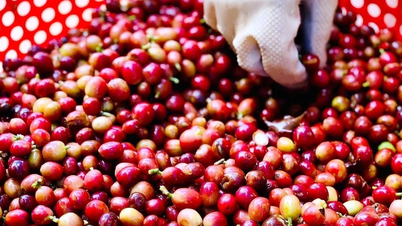




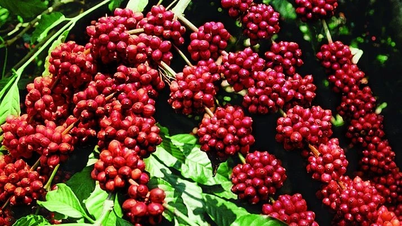

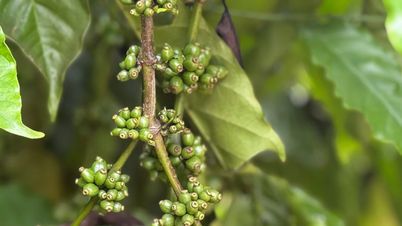













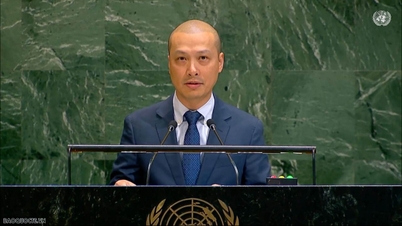








































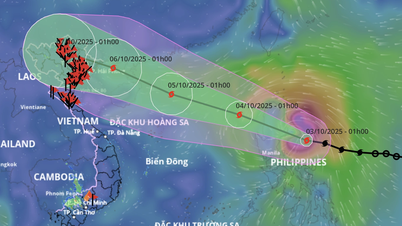










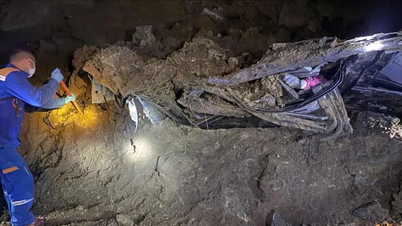






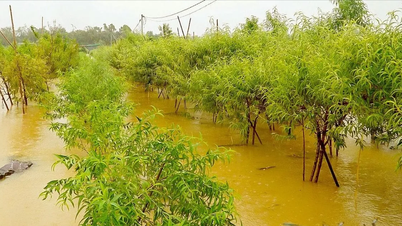













Comment (0)